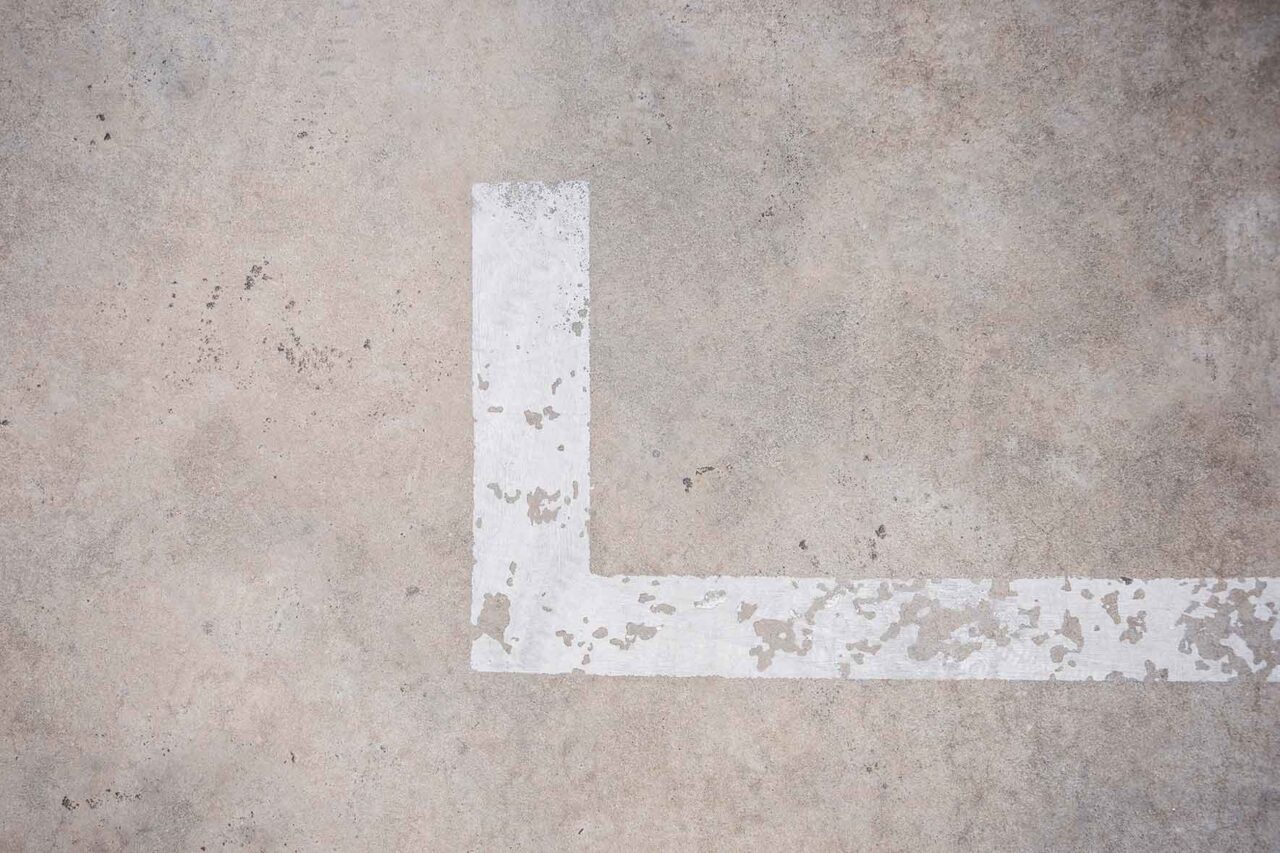Whether you’re preparing to lay down the plush carpet of your dreams or the sleek elegance of hardwood, one thing stands as an unshakable truth: your subfloor must be perfectly level. The foundation sets the stage for your flooring, and any unevenness can result in unsightly gaps or unwanted sags.
Why Leveling Matters
Before we explore the finer details of the leveling process, it’s essential to grasp its significance. The state of your subfloor can directly influence both the functionality and appearance of your flooring. Here’s why ensuring a level surface is an absolute necessity:
- Preventing Gaps and Bumps: A level subfloor ensures your flooring material lies flat without unsightly gaps or noticeable bumps.
- Ensuring Longevity: A properly leveled subfloor can extend the lifespan of your flooring, preventing premature wear and tear.
- Minimizing Installation Challenges: Flooring installation is significantly more accessible and efficient on a level surface, reducing installation costs and time.
- Enhancing Aesthetics: Level flooring enhances the overall appearance of your space, providing a visually pleasing and cohesive look.
Now that we’ve established the importance of leveling, let’s dive into the step-by-step guide to achieve that perfectly level concrete floor.
Step 1: Assess the Current Level
- Begin by placing a carpenter’s level on the floor.
- The size of the level should be appropriate for the room’s dimensions.
- Look at the leveling bubble to determine areas where the floor is uneven.
- Use chalk to mark these uneven spots.
- Standards like BS8203:2017 often require SR1 surface regularity, which mandates that deviations should not exceed 3mm over a 2m straightedge.
Step 2: Measure the Deviation
- Gradually lift one end of the level until the bubble indicates a level position.
- Use a tape measure to determine the extent of the floor’s deviation.
- Record this measurement for reference.
Step 3: Repeat Across the Floor
- Continue this process systematically, covering the entire surface of the subfloor.
A Comprehensive Guide to Leveling a Concrete Floor
Now that you understand your subfloor’s condition, it’s time to embark on the leveling journey. This guide will take you through every meticulous step, ensuring that your subfloor is a canvas of flat perfection.
Step 1: Prepare the Floor
Clean the Floor and Remove Furniture
- Start by removing all furniture and appliances from the area.
- Your goal is to have a clean, debris-free floor to work on.
- Scrape, brush, and vacuum the surface to remove dirt and dust.
- Conduct a moisture test to determine if you need a moisture barrier before proceeding.
Step 2: Repair Cracks
Fill in Large Flooring Cracks
- You’ll need a concrete filler if your subfloor has substantial cracks.
- Use it to seal the cracks entirely and allow adequate time for the filler to dry before continuing with your floor preparation.
Step 3: Mark Uneven Spots
- Carefully inspect the subfloor for noticeable bumps or dips.
- Use chalk to mark these areas.
- A carpenter’s level will be your trusty companion as you assess and mark the levels.
Step 4: Address High Spots
Grind Down High Spots
- For excessively high spots, a concrete grinder is your tool of choice.
- If you can’t find one to rent, consider enlisting the help of a professional.
- After grinding, ensure all dust is thoroughly vacuumed to leave a clean surface.
Step 5: Prepare for Levelling
Apply Primer to the Floor
- To prepare the surface for leveling compound, spread concrete leveler primer evenly across the floor.
- Use a soft-bristle broom or roller to apply pressure and work the primer into the subfloor.
- Ensure that the primer creates a smooth, even layer with no puddles.
- A second coat in the opposite direction is recommended to catch missed spots.
Step 6: Allow the primer to dry before proceeding.
The drying duration may fluctuate based on the climate and the specific type of primer applied, spanning from 3 to 24 hours. Confirming that the primer has thoroughly dried before proceeding further is imperative.
Step 7: Mix the Self-Leveling Compound
Mix the Self-Leveling Compound
- In a bucket, follow the instructions on the bag of concrete leveler to mix it with water.
- The thickness of the floor leveling product may vary between brands.
- Use a drill-mounted mixing paddle to mix the compound until it achieves a consistent texture thoroughly.
- Remember that you have a limited working time (approximately 15 to 30 minutes) before the concrete becomes unworkable, so mixing one batch at a time is best.
Step 8: Apply the Levelling Compound
Spread the Levelling Compound
- Armed with your mixed leveling compound, use a long-handled squeegee to pour it onto the subfloor.
- Spread the mix evenly, ensuring it reaches the corners and edges.
- A spiked roller can also be used to guarantee an even application.
Step 9: Let the Compound Dry
Allow the Levelling Compound to Dry
- Drying times can vary depending on the climate, the leveling compound used, and the flooring you plan to install.
- Always refer to the compound’s instructions and the flooring installation manual for precise drying times.
Step 10: Install Your New Flooring
Lay Your New Flooring
- You can install your chosen flooring material once your subfloor is level, dry, and ready.
- Enjoy the process of confidently transforming your space, knowing that your subfloor is the ideal foundation for your beautiful new floor.
Dealing with Sloping Floors
While leveling a concrete floor is a common challenge, sloping floors, especially in older homes, can be trickier. Here are some steps to consider when dealing with sloping floors:
Addressing Sloping Floors
- Begin by controlling excessive moisture near the foundation. This may involve installing underground drainage systems and gutters.
- If moisture control doesn’t yield the desired results, you might need to install new floor joists and support posts.
- Another option for moderate slopes is using plywood. Adding an extra plywood layer perpendicular to the existing floor can help level it.
What is Considered an Acceptable Slope?
- A floor sloping ¼ inch in 10 or 20 feet, without noticeable issues around the house, is generally not a significant concern.
- However, a floor sloping 2 inches in 20 feet or more warrants professional inspection.
- If you have doubts about your sloping floor, it’s advisable to consult a builder or structural engineer for expert guidance.
Dealing with Dips and Sags
Sagging floors, often indicative of foundation problems or aging floor joists, can be challenging to rectify. Here are some steps to address dips and sags.
Enhancing your living space has never been easier with FloorPup! Explore our wide selection of hardwood flooring, get expert floor care and maintenance tips, and find inspiration in our gallery. Our professional floor fitters, skilled driveway pavers, and reliable carpet repair services ensure top-quality results. Learn more about our commitment to quality on our about us page. Visit FloorPup and transform your home today!
FAQS
How do you level an uneven floor?
You can use a self-leveling or floor-leveling compound to level an uneven floor. Begin by cleaning the floor, then mix and pour the compound onto the uneven areas. Use a leveling tool to spread and smooth it evenly, and allow it to dry and cure as instructed. This process effectively creates a flat and even surface, perfect for flooring installation.
Is it possible to level a floor quickly?
A self-leveling compound is a convenient solution that automatically removes uneven surfaces when poured. For minor irregularities, proper subfloor preparation, like adding plywood or underlayment, can also help. However, for more substantial leveling needs, it’s wise to seek professional assistance to achieve a perfectly smooth and level floor.
How do you level a floor perfectly?
Achieving a perfectly level floor involves a series of steps. Start by assessing the floor for high and low spots, then clear debris and fill low areas with a self-leveling compound. Use a straightedge or leveling tool to ensure an even surface, and if needed, sand down high spots. Regularly check and adjust the levelness throughout the flooring installation process to achieve a flawlessly level floor.
How do they level floors?
How do they level floors? To achieve a flat and even surface, the process involves identifying uneven areas and using methods like self-leveling compounds, floor grinding, or adding underlayment materials. This creates a stable foundation for flooring installation, with professional contractors utilizing specialized tools for precision and a level finish.


